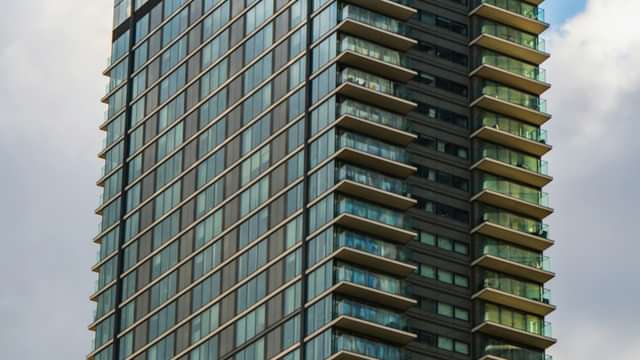We are now more than 18 months on from the day when Boris Johnson announced the first lockdown. While in many ways it is beginning to feel as though life is returning to “normal”, even if it wasn’t clear for other reasons, we certainly know from our work with many commercial landlords that normal order is actually still a long way off. Many of our client’s balance sheets are suffering as a result of tenants who still haven’t settled a significant amount of rent arrears accrued over the pandemic period. Some clients have even told of us tenants who are in occupation now and fully open for business, yet refusing to pay rent falling due on account of the losses they say they have suffered over the pandemic period.
The government has acknowledged that the accrual of rent arrears over the pandemic period is a problem for the economy, and that something must be done. On 16 June 2021 it therefore announced that it intended to “ring-fence” Covid 19 commercial rent arrears, and that it would produce new legislation to address the issue of rent arrears accrued by reason of the pandemic. Landlords were, so we understood, to be forced to agree something with tenants and, in default of agreement, the dispute would be settled by “binding arbitration”.
Three months have now passed since the government’s announcement and we (like many others) still eagerly await sight of the draft legislation. In such an uncertain market, many commercial landlords and tenants have been keen to draw a line under matters and are attempting to negotiate a settlement of arrears with which everyone can live and move forward. In the event that those negotiations fail, what means of action can and can’t landlords take to secure payment?
1. Statutory Demands and Winding up Petitions
Some insolvency related restrictions have been lifted. However, restrictions continue to severely limit the ability of landlords to issue a winding up petition on the basis of a company’s commercial rent arrears. Those restrictions are scheduled to remain until 31 March 2022. See more here.
2. Forfeiture
We find that for many tenants the looming threat that they might arrive one morning to find their locks have been changed is enough to persuade them to toe the line and pay their rent, if they can. However, the moratorium on rent related forfeiture moratorium originally put in place by the Coronavirus Act 2020 has been further extended, with the expiry date now set to be 25 March 2022.
3. CRAR
Landlords are also still prevented from using CRAR, with the expiry date of that restriction also set to be 25 March 2022, unless an amount of 554 days’ rent is unpaid.
4. Drawdown rent deposit?
If a landlord has a rent deposit, it may wish to consider drawing down on part/ all of it to settle the arrears, before making a request to the tenant to top it back up. The downside of this is that if the tenant fails to comply with the request to top-up the deposit, the landlord’s security is diminished and it may be forced to take legal action to try to compel the tenant to pay up.
5. Pursue a third party?
Even if they are already pursuing the tenant, landlords should also always consider whether it might be worthwhile pursing any third party who is liable to guarantee the defaulting tenant’s obligations, such as a guarantor or former tenant who has entered into an Authorised Guarantee Agreement.
Notice can be served on a former tenant or former guarantor under section 17 of the Landlord and Tenant Covenants Act 1995 (“Section 17 Notice”), creating a liability for that former tenant while the landlord is still pursuing the current tenant. If the current tenant fails to pay the landlord can then ask the outgoing tenant to pay. It’s important to remember that a Section 17 Notice has to be served within 6 months of the liability arising.
6. Debt recovery proceedings
Over the course of the past 18 months we have been busy (and continue to be busy!) issuing County Court proceedings seeking recovery of rent arrears on behalf of many of our landlord clients. Those proceedings have been against tenants, but also against any third party who may be contractually liable to step in to cover the tenant’s breach of the lease, such as a guarantor.
For many defendants, both the likely time and cost of defending the claim and/or the prospect of a County Court judgment against them is enough to persuade them to offer settlement, and we therefore see good success rates.
It remains to be seen how the impending government arbitration scheme will impact the ability of landlords to bring these claims, and we are aware that some commercial tenants are now attempting to delay proceedings on that basis. However, in light of limited other options as highlighted above, as well as uncertainty regarding just when the government scheme will come into effect, this is still a viable way forward for many of our clients who really now just need to be paid.















































































































